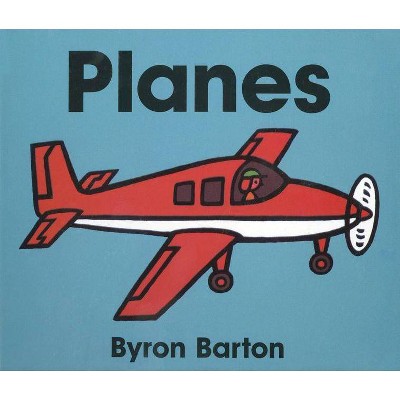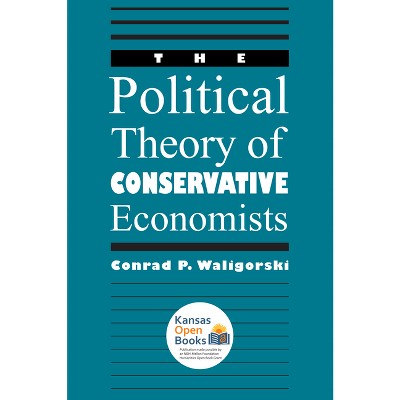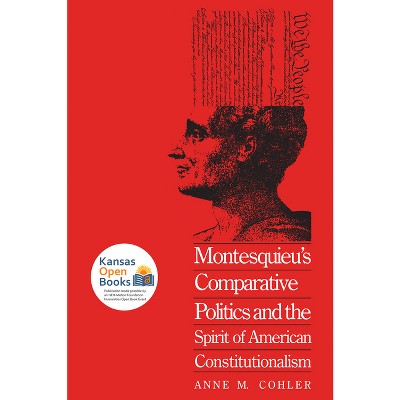Sponsored

The Jet Makers - by Charles D Bright (Paperback)
In Stock
Sponsored
About this item
Highlights
- This volume presents the history of the American jet aircraft manufacturing industry from World War II to 1972, documenting the evolution of its technology and covering the intricacies of its management, economics, and relations with the government.
- Author(s): Charles D Bright
- 248 Pages
- Technology, Aeronautics & Astronautics
Description
Book Synopsis
This volume presents the history of the American jet aircraft manufacturing industry from World War II to 1972, documenting the evolution of its technology and covering the intricacies of its management, economics, and relations with the government. A valuable contribution to general aviation history, it also provides a unique opportunity to study the dynamic of a major U.S. industry. Charles D. Bright traces the momentous revolution of the aerospace era from birth to maturity, using as a base the jet aircraft industry. He investigates all significant aspects: the coming-of-age of aviation during World War II, including global transportation and aerodynamics; the development of jets and missiles from the Truman era to the Vietnam War; the controlling influence of national military strategy; the U.S. Air Force and other government markets; the mechanics of government procurement--bidding, pricing, buying; difficulties in the commercial airliner business; the ordering of technology and the prevailing "design or die" philosophy; and different systems of production through the years. Special attention is given to major problems such as the industry's need for diversification and the skyrocketing costs that threaten to make aerospace products uneconomical. The conventional economic concerns of entry into and exit from the industry are treated in depth. Bright focuses on the overall economic pattern, from the first demand for aerospace machines for military, space, and commercial uses to the failures of recent times as the industry entered recession and peacetime equilibrium. He tells of the desperate competition among giants of the industry, those companies on the frontiers of technology that manufactured fixed-wing aircraft of their own design. This is the group that bore the brunt of adaptation to the jet age: Boeing, Curtiss-Wright, Douglas, Fairchild, General Dynamics, Grumman, Lockheed, martin, McDonnell, North American Northrop, and Republic. Central to the story are the reasons for America's leadership in the jet age: enterprising business managers, scientists, and engineers; the pressure of economics; and manifold competition brought on by economics; and manifold competition brought on by the cold war. Bright points to an industry that has responded to incredible demands and that has shown the strength to weather storms. This volume is illustrated with fifty-five photographs depicting the growth in aircraft technology from 1945 to 1972. As a unique blend of aeronautic, economic, business, and military history, it will fascinate not only those connected with aviation and the aerospace industry, but also those interested in the history of technology, business management, and government-military-business relations. The Jet Makers received Honorable Mention in the 1977 History Manuscript award competition of the American Institute of Aeronautics and Astronautics.Review Quotes
"Bright has contributed substantially to our understanding of the subject with which he deals. . . a much-needed work which has been very competently done."--The Historian
"Essential reading for the serious student of U.S. aviation development."--Air University Review
"A provocative study."--Journal of American History
"Students of industrial development, business managers, aircraft procurement officers or engineers will find this book of interest."--Science Books & Films
"Studies like this of the industrial side of aviation offer considerable value to historians of politics, business, aviation, and the military."--Choice
"These first-rate essays constitute valuable contributions to knowledge . . . [and show] how decisions get made. . . . Like me, those who read this book will feel they learned much worth knowing. A good and useful volume."--Allen J. Matusow, author of The Unraveling of America
"[These essays] expand our knowledge of how significant policies were shaped inside the walls of government, without ignoring the importance of forces outside of the White House. . . . [They make excellent use of LBJ archival material and reflect careful reading of the secondary literature. This book should appeal to historians, political scientists, and specialists in public policy."--Steven F. Lawson, author of In Pursuit of Power and Black Ballots
Shipping details
Return details
Frequently bought together


Trending Computers & Technology Books















